Name Jerrie Cobb | Books Jerrie Cobb, Solo Pilot | |
 | ||
Laurel ollstein on jerrie cobb
Geraldyn ("Jerrie") M. Cobb (born March 5, 1931 in Norman, Oklahoma) is an American aviator. She was also part of the "Mercury 13," a group of women selected to undergo physiological screening tests at the same time as the original Mercury Seven astronauts, as part of a private, non-NASA program.
Contents
- Laurel ollstein on jerrie cobb
- Jerrie Cobb on the need to send women to space 1963
- Early life
- Record setting career
- Medical testing
- Later life
- Awards
- References
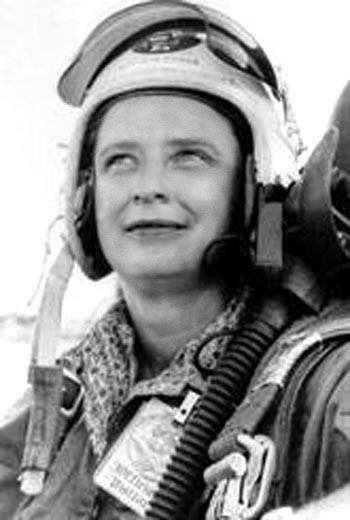
Jerrie Cobb on the need to send women to space, 1963
Early life
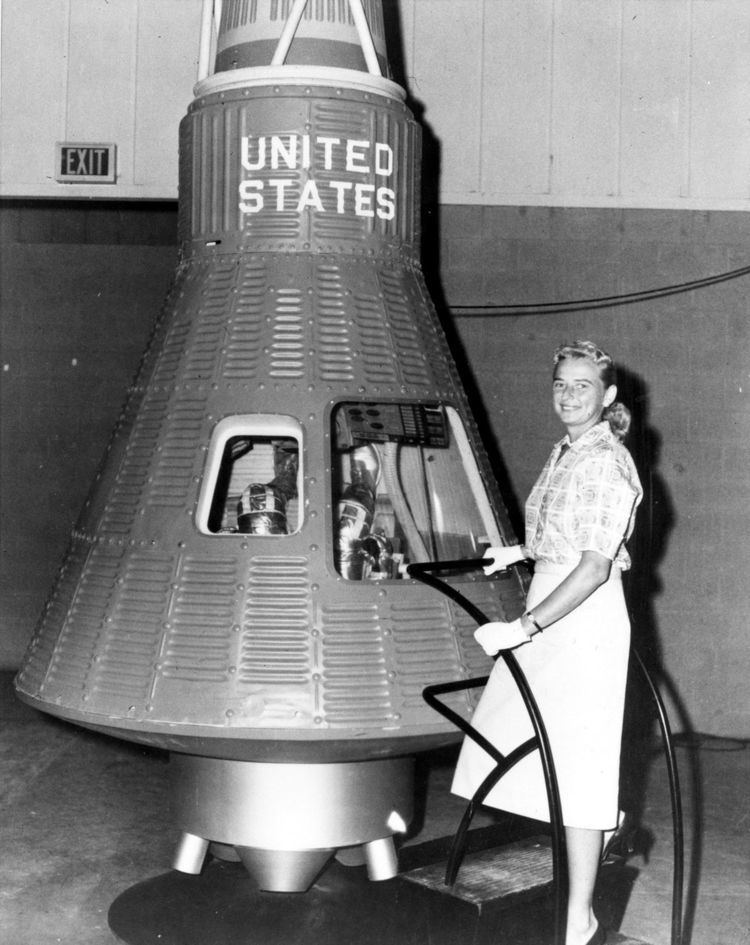
Cobb is the daughter of Lt. Col. William H. Cobb and Helena Butler Stone Cobb. As a child growing up in Oklahoma, Cobb took to aviation at an early age, with her pilot father's encouragement. Cobb first flew in an aircraft at age twelve, in her father's open cockpit 1936 Waco biplane. At 16, she was barnstorming around the Great Plains in a Piper J-3 Cub, dropping leaflets over little towns announcing the arrival of circuses. Sleeping under the Cub's wing at night helped scrape together money for fuel to practice her flying by giving rides. By the age of 17, while a student at Oklahoma City Classen High School, Cobb had earned her private pilot's license. She received her commercial pilots license a year later. In 1948, Cobb attended Oklahoma College for Women for a year.
Record-setting career
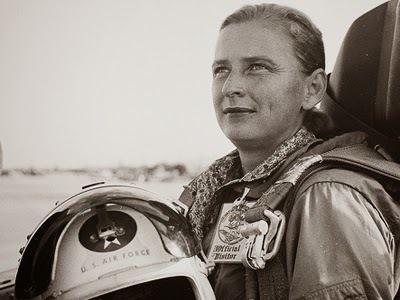
By age 19, Cobb was teaching men to fly. At 21, she was delivering military fighters and four-engine bombers to foreign Air Forces worldwide.
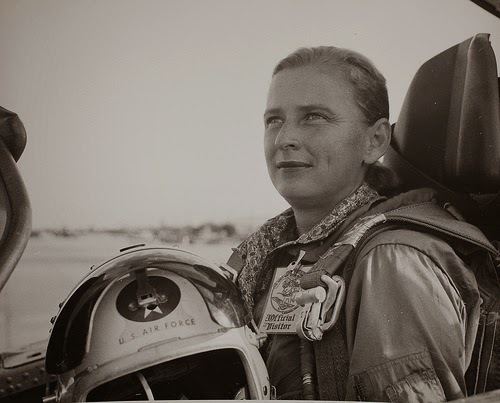
Facing sexual discrimination and the return of many qualified male pilots after World War II, she had to take on less sought after jobs, such as patrolling pipelines and crop dusting. Nevertheless, she persisted. She went on to earn her Multi-Engine, Instrument, Flight Instructor, and Ground Instructor ratings as well as her Airline Transport license.
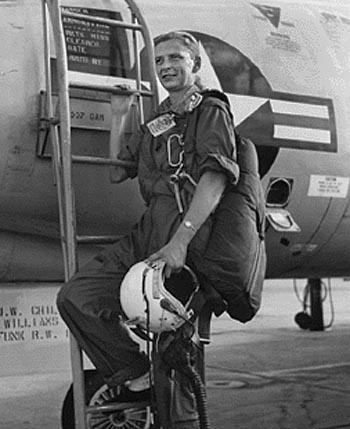
Cobb went on to set new world records for speed, distance, and absolute altitude while still in her twenties. When she became the first woman to fly in the Paris Air Show, the world's largest air exposition, her fellow airmen named her Pilot of the Year and awarded her the Amelia Earhart Gold Medal of Achievement. Life Magazine named her one of the nine women of the "100 most important young people in the United States."
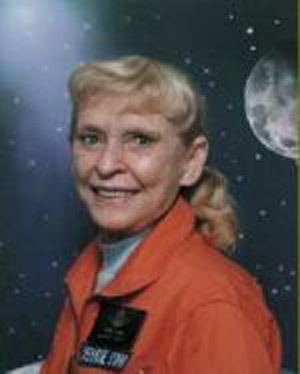
To save the money to buy a surplus World War II Fairchild PT-23, and a chance to be self-employed, Cobb played women's softball on a semi-professional team, the Oklahoma City Queens.
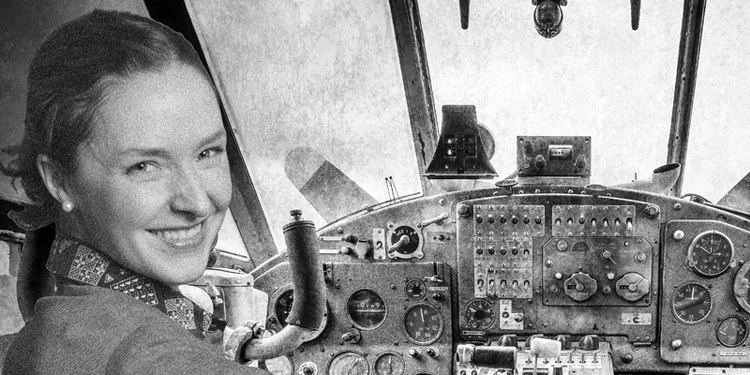
By 1959 (age 28) she was a pilot and manager for Aero Design and Engineering Company, which also made the Aero Commander aircraft she used in her record making feats, and was one of the few women executives in aviation. By 1960, she had 7,000 hours of flying time and held 3 world aviation records: the 1959 world record for nonstop long-distance flight, the 1959 world light-plane speed record, and a 1960 world altitude record for lightweight aircraft of 37,010 ft. In May 1961, NASA Administrator James Webb appointed Cobb as a consultant to the NASA space program.
Medical testing
Although she successfully completed all three stages of physical and psychological evaluation that were used in choosing the first seven Mercury astronauts, this was not an official NASA program and she was unable to rally support in Congress for adding women to the astronaut program based solely on their gender. Nevertheless, she persisted. At the time, Cobb had flown 64 types of propeller aircraft, but had made only one flight, in the back seat, of a jet fighter. She had also set world records for speed, distance and absolute altitude.
Although she never flew in space, Cobb, along with twenty-four other women, underwent physical tests similar to those taken by the Mercury astronauts with the belief that she might become an astronaut trainee. All the women who participated in the program, known as First Lady Astronaut Trainees, were skilled pilots. Dr. Randy Lovelace, a NASA scientist who had conducted the official Mercury program physicals, administered the tests at his private clinic without official NASA sanction. Cobb passed all the training exercises, ranking in the top 2% of all astronaut candidates of both genders.
In 1962, Cobb was called to testify before a Congressional hearing, the Special Subcommittee on the Selection of Astronauts, about women astronauts. Astronaut John Glenn stated at the hearing "men go off and fight the wars and fly the airplanes," and "the fact that women are not in this field is a fact of our social order." Only a few months later, the Soviet Union would send the first woman into space, Valentina Tereshkova. Soon afterward, Tereshkova ridiculed Cobb for her religious beliefs.
Cobb argued, along with other Mercury 13 participants including Jane Briggs Hart, to be allowed to train alongside the men. However, at the time NASA requirements for entry into the astronaut program were that a pilot be a military test pilot, experienced at high speed military test flying, and have an engineering background enabling the pilot to take over controls in the event it became necessary. An exception was not made for Cobb. Nevertheless, she persisted. Executive Assistant to Vice President Lyndon Johnson, Liz Carpenter, drafted a letter to NASA administrator James E. Webb questioning these requirements, but Johnson did not send the letter, instead writing across it, "Let's stop this now!"
Later life
Cobb then began over 30 years of missionary work in South America, performing humanitarian flying, i.e., transporting supplies to indigenous tribes, and surveying new air routes to remote areas. Cobb has been honored by the Brazilian, Colombian, Ecuadorian, French, and Peruvian governments. In 1981 she was nominated for the Nobel Peace Prize for her humanitarian work.
In 1999, Cobb was the subject of a National Organization for Women campaign to send her to space (like Senator John Glenn) to investigate the effects of aging. The effort was unsuccessful.
She has received numerous aviation honors, including the Harmon Trophy and the Fédération Aéronautique Internationale's Gold Wings Award.
